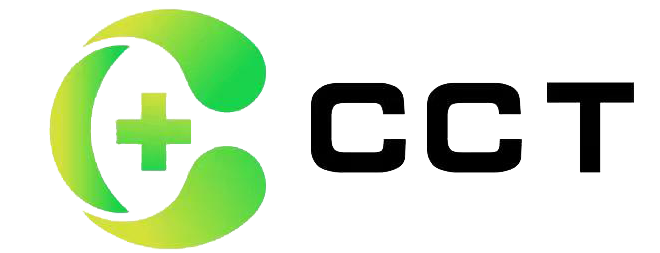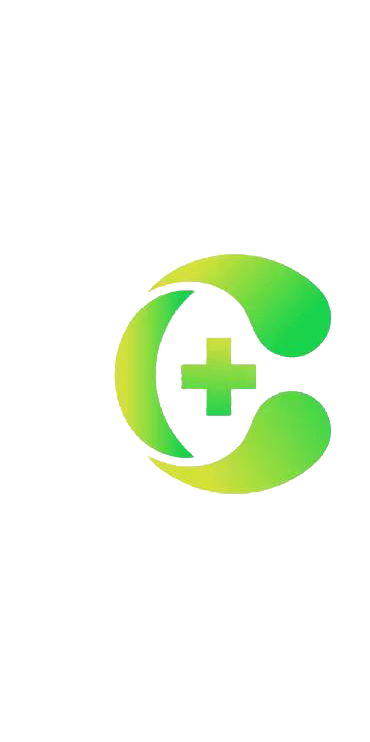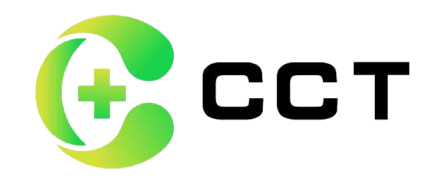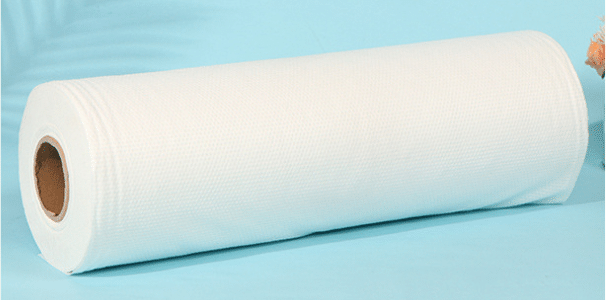I. Preliminary Preparation
- Determine Demand and Suppliers: Sign an import contract that clearly defines the rights and obligations of both parties, including price, delivery period, and payment methods.
- Obtain Import License: Depending on your country’s regulations, some nonwoven fabric products may require an import license. (Details can be found at the end of this article.)
II. Shipping and Arrival at Port
- Shipping from Foreign Supplier: The foreign supplier ships the nonwoven fabric products to a designated port or airport in your country, typically using sea or air freight. After shipping, the supplier should promptly send the bill of lading, packing list, invoice, and other shipping documents to the importer.
- Arrival Notification: Upon arrival of the goods at the port or airport, the shipping company or airline will notify the importer or their agent, informing them of the goods’ arrival details.
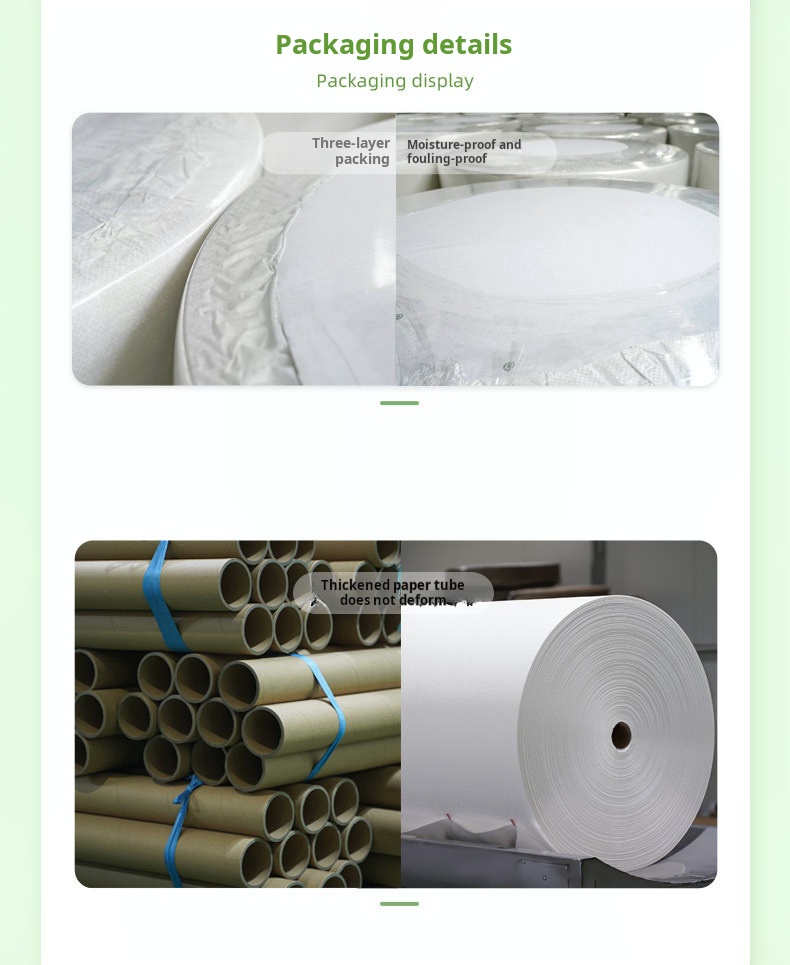
III. Customs Declaration and Inspection
- Bill Exchange: The importer or their agent exchanges the sea waybill or air waybill for a delivery order at the shipping or airline company, enabling them to proceed with customs declaration and inspection.
- Inspection: The importer must submit the inspection application to the entry-exit inspection and quarantine agency, providing necessary documents such as the inspection application form, contract, invoice, packing list, and certificate of origin. The agency will inspect the nonwoven fabric to ensure it meets the required quality, health, and safety standards in your country.
- Customs Declaration: The importer or their customs declaration agent submits the import declaration to customs, which will review the information and determine the applicable customs duties, VAT rates, and other taxes.
IV. Payment of Taxes and Fees
- Customs Valuation and Tax Bill: Customs will assess the value of the imported nonwoven fabric and, based on the product’s value and related regulations, determine the customs duties, VAT, and other taxes owed. A tax bill will be issued.
- Paying Taxes: The importer must pay the taxes as specified in the tax bill within the designated time frame. Payment can be made via bank transfer, online payment, etc.
V. Inspection and Release
- Customs Inspection: Customs will inspect the imported nonwoven fabric, verifying the declaration documents and the actual goods. Inspections may include manual checks, machine checks, and sampling. If there are issues, such as incorrect declarations or poor quality, customs may require the importer to provide explanations, supplementary documents, or even seize or impose penalties on the goods.
- Release and Pickup: After the inspection, if everything is in order, customs will stamp the release order on the delivery order. The importer or their agent can then pick up the goods at the port or airport warehouse. If further inspection or processing is required, customs will note the relevant requirements on the release order, and the importer must comply accordingly.
VI. Domestic Transportation and Delivery
- Domestic Transportation: After picking up the goods, the importer arranges for domestic transportation according to their needs, delivering the nonwoven fabric to the specified locations, such as factories or warehouses. Modes of transportation may include road, rail, or water transport.
- Delivery and Acceptance: Upon arrival at the destination, the importer must organize personnel to inspect the goods, checking their quantity, quality, and packaging to ensure they match the contract specifications. If any issues are found, the importer should contact the foreign supplier to resolve them.
Import License Requirements for Nonwoven Fabric Products in Major Countries and Regions
-
European Union (EU):
- CE Certification and EU Regulations: The EU has specific import and safety requirements for certain nonwoven fabric products, especially those related to health, the environment, or consumer safety. Nonwoven fabrics used in medical items and hygiene products, such as medical masks, surgical gowns, and sanitary napkins, must comply with EU Medical Device Regulations (MDR) or Personal Protective Equipment (PPE) Regulations.
- REACH Certification: If nonwoven fabric products contain chemicals, they must comply with the REACH (Registration, Evaluation, Authorization, and Restriction of Chemicals) regulation.
-
United States
- FDA Certification: Some nonwoven fabric products, especially those related to health and safety (e.g., medical masks, sanitary napkins, and medical supplies), may need to be registered and approved by the U.S. Food and Drug Administration (FDA).
- Import License: Certain medical products and food-contact items may require an import license or registration. U.S. Customs and the FDA may require relevant certifications and labeling.
- Environmental Protection Regulations: The U.S. Environmental Protection Agency (EPA) may have specific requirements for nonwoven fabric products containing chemicals, particularly when they relate to environmental regulations.
-
India
- BIS Certification: India requires certain nonwoven fabric products (especially those used in medical, hygiene, and food packaging applications) to obtain certification from the Bureau of Indian Standards (BIS) to ensure they meet Indian quality and safety standards.
- Import License: For certain nonwoven fabrics, such as disposable medical supplies and masks, an import license may be required, and the products must comply with local health and safety standards.
-
Japan:
- Food Contact Materials Regulations: Japan has strict regulations for nonwoven fabric products, especially those used in food contact materials (e.g., food packaging, cleaning cloths). These products must comply with Japan’s Food Sanitation Law and Japan Industrial Standards (JIS).
- Import License: Certain products, particularly those in medical and sanitary fields, may require certification or registration.
-
South Korea:
- KOSHA Certification: Nonwoven fabric products related to occupational safety, medical, or hygiene fields may require certification from the Korea Occupational Safety and Health Agency (KOSHA).
- Medical and Hygiene Products Import: Nonwoven fabrics used in medical applications (e.g., disposable masks, surgical gowns) may need approval from relevant regulatory agencies and an import license.
-
Australia:
- TGA Certification: Nonwoven fabric products used in medical applications (e.g., dressings, masks) need to be registered and approved by the Therapeutic Goods Administration (TGA).
- Import Requirements: Some health-related products must meet Australian safety standards and environmental regulations.
-
Russia:
- GOST-R Certification: Russia requires nonwoven fabric products, particularly in the medical and hygiene sectors, to meet GOST-R standards to ensure quality and safety.
- Import License: Medical and hygiene-related products may require an import license and must comply with Russian Federation standards.
-
Brazil:
- ANVISA Certification: Brazil requires certification for certain medical and sanitary nonwoven fabric products (e.g., medical masks, disposable medical supplies). The Brazilian Health Regulatory Agency (ANVISA) is responsible for approving these products.
- Import Requirements: Importers must ensure that products meet Brazil’s health and safety standards, and an import license may be required.
-
Canada:
- Health Canada Certification: For medical nonwoven fabric products (e.g., masks, surgical gowns), Canada requires approval from Health Canada to ensure compliance with Canadian health and safety standards.
- Import License: Some medical products and consumer goods may require an import license, especially those related to health or environmental standards.
Other Regions/Countries:
- Middle East (e.g., UAE, Saudi Arabia): Countries in the Middle East may have similar import requirements for nonwoven fabric products, especially those related to health, hygiene, and food applications. Certification, test reports, or import licenses may be needed.
- Africa: Some African countries have import requirements for specific products, such as medical supplies, though overall regulatory environments may be more lenient. Specific import requirements should be checked for each country.
Find non woven spunlace fabric manufacturer
Find needle punch nonwoven fabric manufacturers

